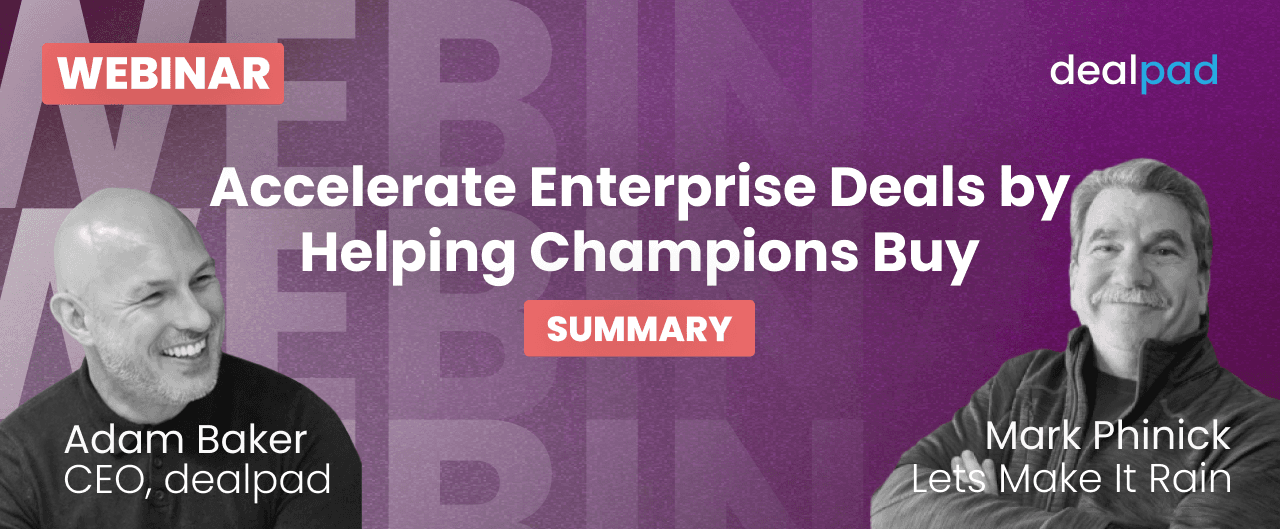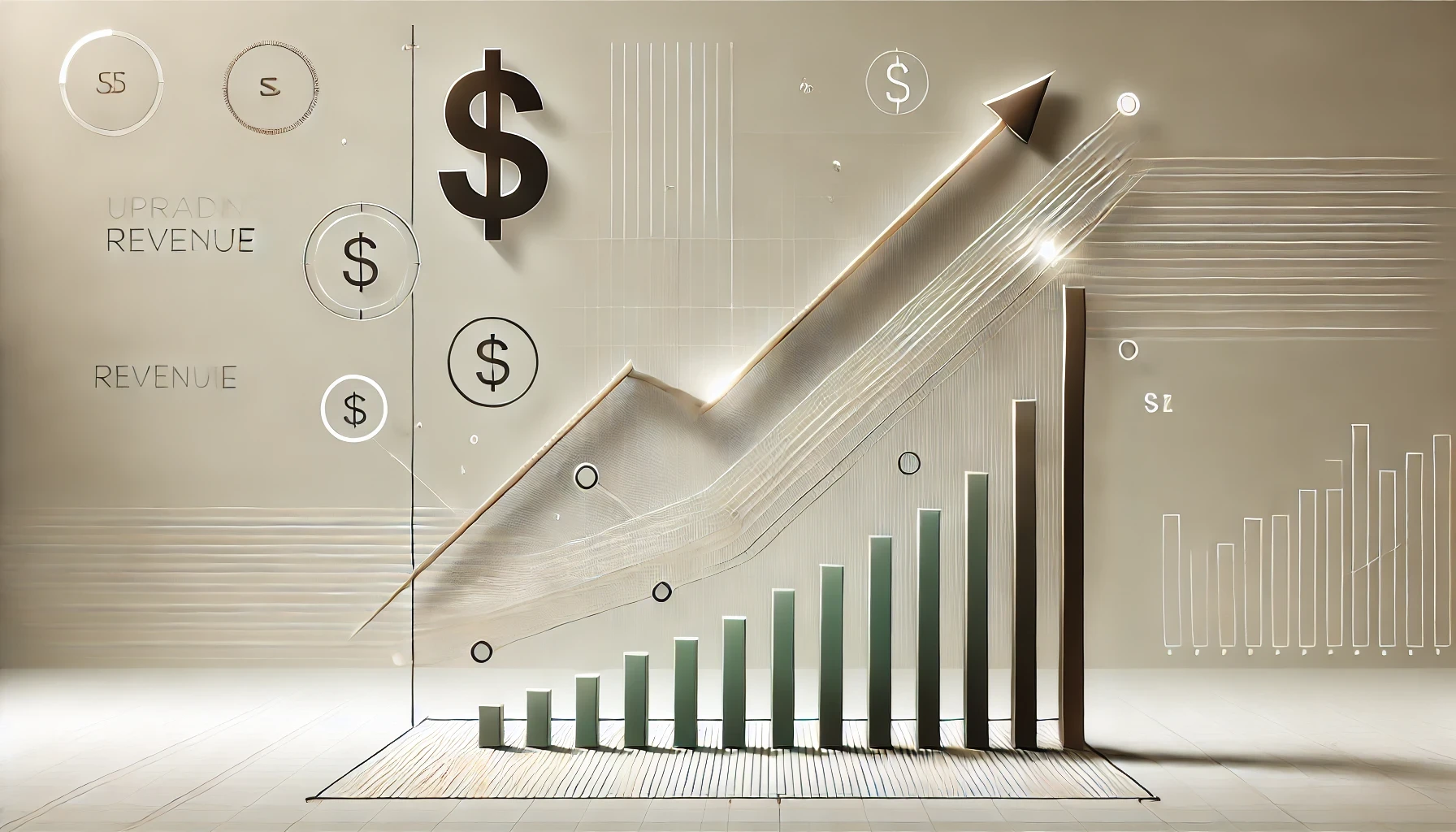The Hidden Costs of No-Decision Deals: Why Inaction Is A Silent Killer
Nov 16, 2023
|
6
min read
In the vast expanse of the sales galaxy, there's a black hole that often goes unnoticed. It swallows resources, time, and potential without a trace. This black hole? The "no-decision" deals.
The High Price of No-Decisions in Sales
When it comes to sales, numbers don't lie. The prevalence of deals that drift into the void of no-decision outcomes is more than just an annoyance—it's a significant drain on resources, time, and potential revenue. But to truly grasp the magnitude of the issue, let’s dive into the data.
The Cost of No-Decision Deals
According to Harvard Business Review, up to 60% of the average salesperson’s pipeline lost to ‘no decision.’
A study by The Bridge Group found that sales reps spend, on average, 20 hours per month on deals that don't close.
Pausing to unpack these numbers for a moment, the collective cost starts to loom large. It's not just about the ticking clock or even the dollars directly tied to these deals. It's the lingering what-ifs — the alternate paths where those hours could have created fruitful partnerships and lasting revenue streams. The gravity of this scenario becomes even more pronounced when we pivot our lens to the folks on the other side of the table. What does this dance of indecision mean for the buyers?
Impact on Buyer Experience
According to Salesforce's “State of the Connected Customer” report:
84% of customers emphasize that their experience with a company is just as pivotal as the actual products on offer.
73% of customers look forward to companies truly grasping their unique needs and expectations.
Breaking it down, it becomes evident that today's customers aren't just seeking a product or service; they're seeking an experience. They want their interactions to feel tailored, understood, and valued. When so many deals float into the no-decision ether, it inevitably raises questions: Do companies really get it? Are they shifting gears accordingly? This isn't just another sales puzzle; it's a wake-up call to set the sales course right. The solution? Maybe it's about spotting the signs early and smartly redirecting our energy.
Early Detection and Reallocating Efforts
Gartner's research highlights a telling trend:
43% of B2B customers lean towards a rep-free purchasing journey.
But here's the kicker - if we can pinpoint these customers early on and pivot our strategies, we might just see a 15% uptick in closing those elusive deals.
A statistic from a whole slew of vendors throws another curveball our way:
a whopping 67% of the buyer’s journey unfolds in the digital realm.
So, if we're not keeping a keen eye on digital touchpoints and engagement metrics, we're potentially missing out on a goldmine of predictive insights.
This shifts the focus from mere sales tactics to a more holistic approach. It’s not just about making the sale; it’s about understanding the nuances of the journey. But these shifts in buyer behavior have consequences that reach beyond the sales floor.
Repercussions Beyond Sales Teams
Dive into this: HubSpot throws light on a staggering difference.
When sales and marketing teams aren't on the same page, they're only pulling in a 12% close rate.
But harmonize their efforts and that rate rockets to 38%.
The keystone of this unity – Spot-on forecasting.
This isn’t just about collaboration. It's about fine-tuning the machinery of sales operations for maximum efficiency. Let's shift gears and dive into the nuts and bolts of that.
Operational Efficiency & Conversion Rates
Gartner paints a vivid picture where companies nailing their sales forecasts aren't just inching ahead – they're sprinting.
They're seeing nearly double the revenue growth year-on-year and have a 30% better chance of their sales teams hitting those sweet quotas.
And the cherry on top? The Annuitas Group chips in with a golden nugget:
leads that are carefully nurtured, catered to, and understood? They're not just buying; they're splurging, spending 47% more than their counterparts.
But what's at the heart of these missed opportunities and stellar successes? Let's unravel the enigma of no-decision deals.
Understanding the No-Decision Phenomenon
For sales professionals, the deal cycle is an adrenaline-charged dance, a ballet of persuasion, negotiation, and strategy. But what happens when the curtain falls, and there's no applause (or sale)? The no-decision deals, where potential buyers end up not purchasing anything, can be a significant drain on resources. Let's unpack the costs.
1. The Financial Implications
For SaaS companies, particularly, the financial ramifications can be considerable.
Missed Opportunities: Imagine spending 20 hours on a deal that doesn't close. That's 20 hours not spent on other, potentially more lucrative deals. For SaaS teams, given the potential subscription-based returns on a single conversion, this can mean a loss of thousands, if not millions, over time.
Wasted Resources: Beyond just time, think of the demos, the trials, the customer support, and the added infrastructure that goes into wooing a potential client. The financial drain is real and recurrent.
2. Foreseeing the No-Decision Storm
Inaccurate forecasting can be a death knell for businesses. If a substantial portion of your forecasted deals falls into the "no-decision" pit, it skews numbers, impacts resource allocation, and dampens investor confidence.
3. The Domino Effect on Buyer Experience
No-decision deals are more than just numbers; they're missed opportunities for genuine connection. Sales professionals spread too thin can't:
Personalize the Buying Experience: Every buyer deserves attention. But if a rep is juggling too many dead-end deals, the personalized touch gets lost.
Compete Effectively: Less time for each client means a higher chance that a competitor, with more time and focus, snags the deal.
Spotting the No-Decision Deals Early
How do you know which deals are likely to end in no decision? Data. Tools that offer insights into buyer engagement can be invaluable. Metrics such as frequency of interaction, response times, and content engagement levels can act as early warning signs.
For instance, if a potential buyer rarely engages with your content or takes progressively longer to respond, they might be leaning towards a no-decision. Recognizing these signs early can help reallocate efforts more productively.
Repercussions Beyond the Sales Team
The ripple effects of no-decision deals extend beyond just the sales team:
Operational Costs: Preparing for a potential uptick in users that never materializes can lead to unnecessary expenses.
Brand Perception: Continual engagement without conversion can dilute brand value in the marketplace. It suggests that while the brand might be interesting, it isn't compelling enough to purchase.
Employee Morale: Repeated efforts without closure can lead to sales team disillusionment.
The Silver Lining
On the flip side, imagine a world where sales teams could focus on high-engagement, high-potential deals. The positives are pretty compelling:
Higher Conversion Rates: With more time per potential client, personalization, and tailored strategies, conversions could soar.
Enhanced Buyer Experience: Time allows for understanding. Understanding leads to trust. And trust can be the difference between a sale and a no-decision.
Operational Efficiency: Accurate forecasting means optimal resource allocation, leading to leaner, more efficient operations.
The Light at the End of the Tunnel
While the problem of no-decision deals is evident, the solution is clear: early identification and course correction. Tools that can help gauge buyer engagement and predict deal outcomes are not just optional; they're essential.
Imagine setting out on a journey. Would you rather have a map that points out potential dead ends or wander aimlessly, hoping to find your destination? Data is that map for sales professionals
For those curious about how technology can aid in this mission, solutions like Dealpad provide insights that make navigation simpler. But irrespective of the tool, the message is clear: In the world of sales, understanding the hidden costs of inaction is the first step towards strategic action. The future is proactive, predictive, and data-driven. Are you on board? 🚀



